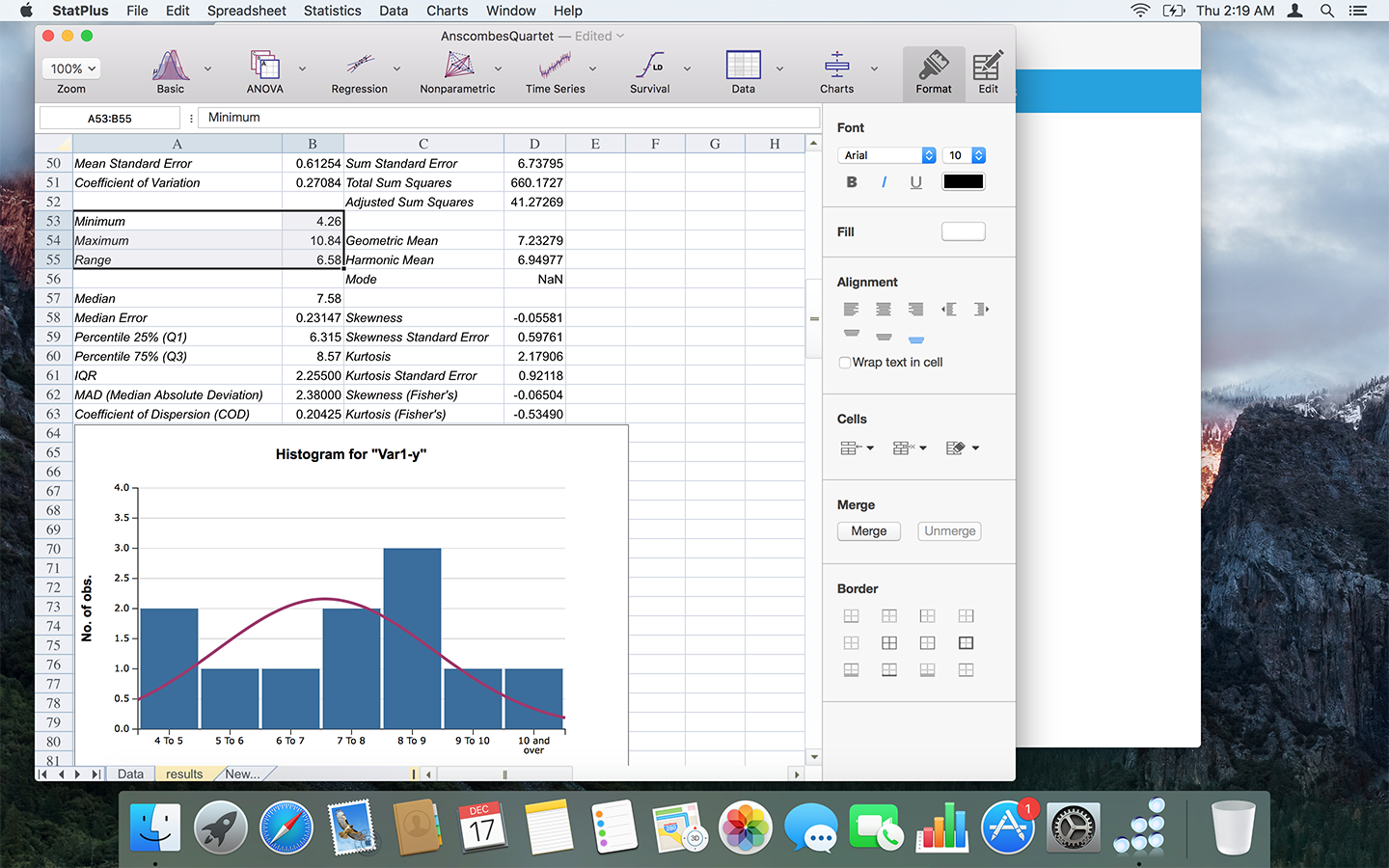

- MICROSOFT OFFICE 2016 FOR MAC STANDARD SOFTWARE
- MICROSOFT OFFICE 2016 FOR MAC STANDARD PC
- MICROSOFT OFFICE 2016 FOR MAC STANDARD PROFESSIONAL
- MICROSOFT OFFICE 2016 FOR MAC STANDARD WINDOWS
Windows inbuilt file recovery doesn’t work in most cases.
MICROSOFT OFFICE 2016 FOR MAC STANDARD PC
Use of a different PC or external storage is highly recommended during data recovery process. If you want to recover a deleted file, it’s important to stop using the drive or PC until recovery is done. NOTE: Make sure not to select the same drive.
MICROSOFT OFFICE 2016 FOR MAC STANDARD SOFTWARE
Microsoft Office 2016 files recovery process starts, and the Stellar Data Recovery- Standard for Windows software saves the selected recovered files at the desired location. Click the ‘ Browse’ button to select the location where you want to save the recovered MS Office files and then click the ‘ Start Saving’ button.

This windows data recovery tool is equipped with advanced features that allow file recovery based on unique file signatures and has the option of ‘Deep Scan’ to run a thorough scan, which lets you perform recovery from any severely corrupt storage media and have a better recovery ratio among its competitors. You can use Stellar Data Recovery- Standard for deleted Office files recovery from corrupt, formatted, and even deleted partitions.
MICROSOFT OFFICE 2016 FOR MAC STANDARD PROFESSIONAL
Method 2: Using Data Recovery Tool for Microsoft Office Recovery įor a complete Microsoft Office 2016 files recovery, a professional data recovery tool is required.

In order to get the complete file as it was before deletion, follow method 2. Chances of incomplete file recovery are very high and most probably you will find a fairly old version of the file you were working on. Check if you are able to retrieve the content you required. Once found, click Open to load the file into MS Office. You may see a file there with the correct file name and a dash after it along with a long string of numbers like ‘ quarterlyreport-04121200630512349068373463’. If your file is not listed, try browsing it in the folder C:\Users\USERNAME\AppData\Roaming\Microsoft\Excel or Word or PowerPoint. The Office app will load the file and can help you recover lost data. Select the temporary file of your recently edited document and click Open.


 0 kommentar(er)
0 kommentar(er)
